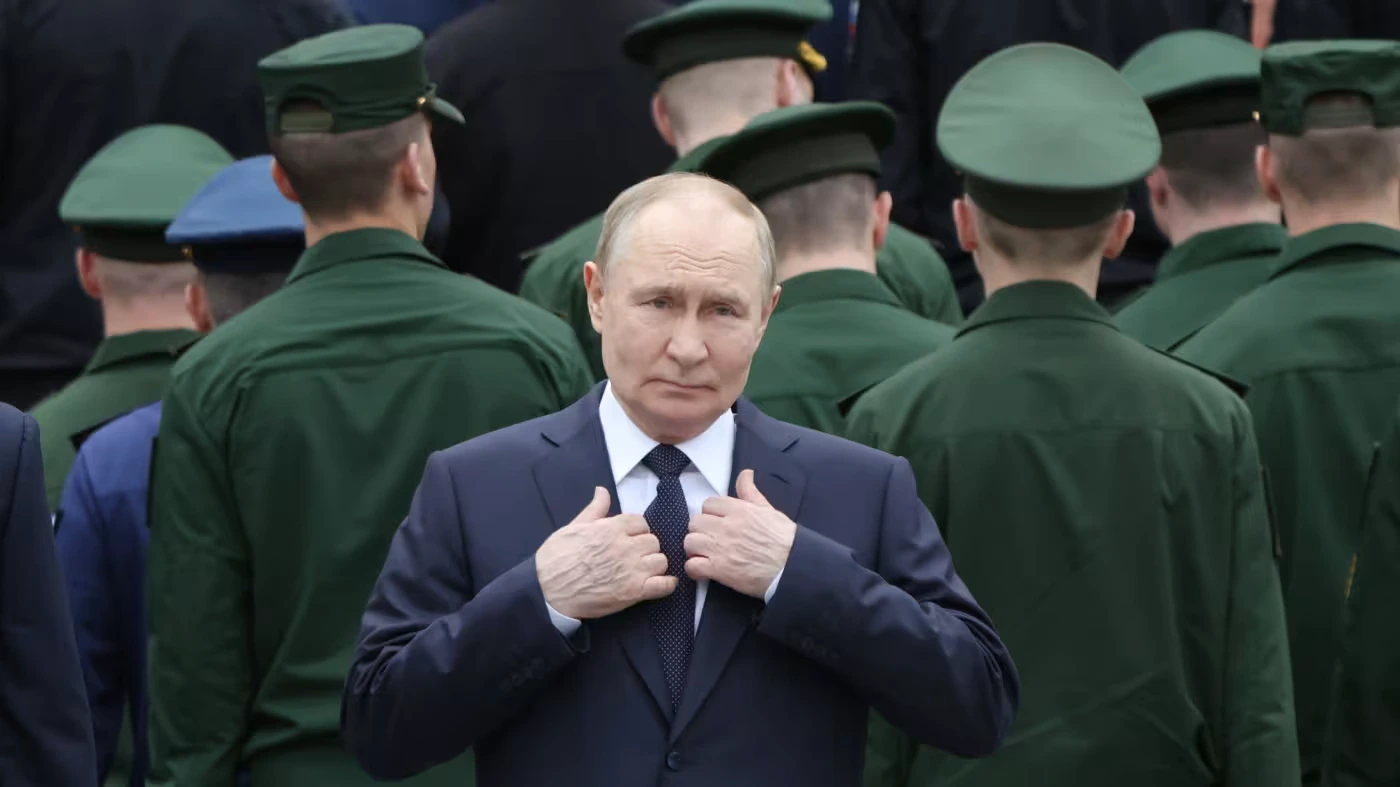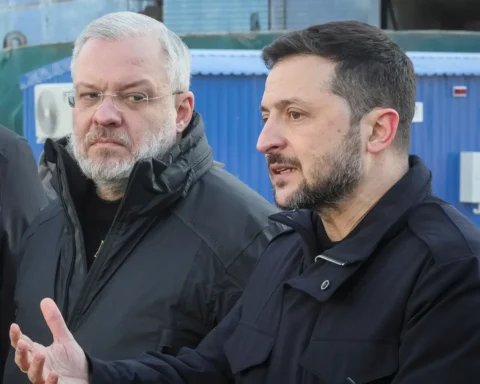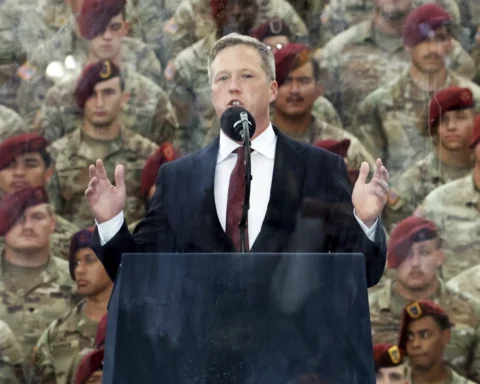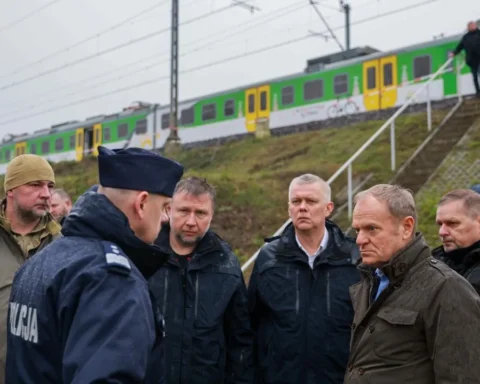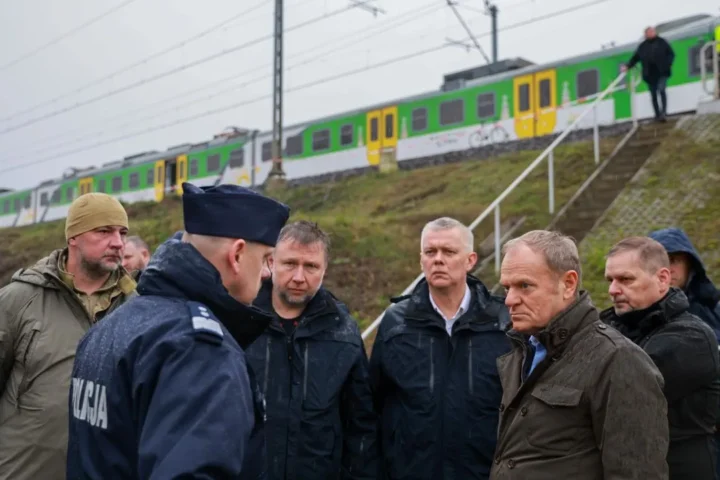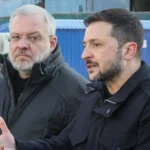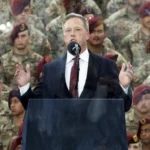The first official trip of the Russian leader to the US in almost two decades coincides with the threat of new sanctions
The meeting between Vladimir Putin and Donald Trump on Friday in Alaska is not just a diplomatic event but also a symbol reflecting the Kremlin’s view of the world.
Unlike the forcible annexation of about one-fifth of Ukraine’s territory, the 19th-century transfer of Alaska to the US under Emperor Alexander II was a peaceful deal. Nevertheless, this historical episode serves as a reminder that national borders are not immutable, and land can serve as currency in politics.
According to The Financial Times, neither the situation on the battlefield nor pressure on Russia’s budget has yet forced Putin to abandon his maximalist territorial ambitions or agree to peace on unfavorable terms. His main task now is to keep a channel of communication open with Trump and to prevent the US president’s irritation with Moscow from turning into real costs. “Putin has no incentive to wind down the war right now,” said Alexandra Prokopenko of the Carnegie Russia Eurasia Centre. “What matters to him is keeping Trump’s attention.”
A Sharp Shift in Washington’s Tone
As The Financial Times notes, until recently the risks for Moscow were growing. The US president, who had promised to end the war “within 24 hours,” openly expressed irritation: Putin, he said, behaves “very nicely” but at the same time continues to attack Ukraine and “feeds Washington a lot of bullshit.” For the first time since taking office, Trump approved larger arms deliveries to Kyiv and threatened to impose tariffs on India for purchasing Russian oil.
However, according to The Financial Times, the situation changed dramatically after US special envoy Steve Witkoff’s visit to Moscow on Wednesday — just two days before Trump’s “ceasefire or sanctions” deadline expired. The result was an unexpected invitation for Putin to visit the US — his first since 2007, when he met with George W. Bush.
Sam Greene, professor of Russian politics at King’s College London, said the meeting was the result of both leaders “backing themselves into a corner.” Putin could not announce a deal on Trump’s timeline without signaling weakness, and Trump did not want to impose sanctions that might prove ineffective, thereby “appearing weak twice.”
“The fact that Putin is going to the US not as a defendant but as a welcome guest, that he has gone from a source of frustration to a negotiating partner, and that the meeting will take place without Ukrainians and Europeans — that’s a diplomatic win,” Greene stressed.
A Diplomatic Win Without Concessions
The absence of Ukrainian President Volodymyr Zelenskyy at the negotiating table — a long-standing goal of the Kremlin — appears to have been achieved without significant concessions from Russia. Former Russian foreign minister Andrei Kozyrev believes that the very fact of the meeting is “a political gain for Putin,” achieved “both domestically and internationally without costs, unlike for his counterpart.”
According to Ukraine’s mission to NATO head Alyona Getmanchuk, Putin is pursuing three goals: to break out of international isolation, avoid new sanctions, and use Trump’s determination to end the war to achieve by diplomatic means what he failed to achieve militarily.
Meanwhile, as The Financial Times reports, the situation for Ukraine on the battlefield remains difficult. Russian forces continue their offensive in the east, attempting to encircle several key cities. According to Black Bird Group, Russia seized 502 sq km of Ukrainian territory in July — one of the highest monthly gains in the past year. The DeepState project, linked to Ukraine’s defense ministry, reported Russian advances of nearly 7 km in the Pokrovsk area.
Economic Pressure and Sanctions Threats
The economic situation for Moscow is less favorable: in the first seven months of the year, oil and gas revenues fell by 20% due to lower oil prices, and Trump’s new tariffs on India are adding to the pressure.
“Russia’s economy is weaker today than at any point in the last three years,” said Janis Kluge of the German Institute for International and Security Affairs (SWP). However, he noted, the situation is not yet critical enough to make Putin change course. “For him, the threat of sanctions is primarily a sign of Trump’s frustration.”
Details of Putin’s talks with Witkoff have not been disclosed, but in the US and Europe there has been discussion of possible territorial exchanges. “There’ll be some swapping of territories, to the betterment of both,” Trump said. Moscow called Witkoff’s proposals “acceptable” but did not comment on the US president’s remarks about a “land deal.”
The Kremlin’s Unchanging Conditions
Putin has repeatedly emphasized that Russia’s conditions for Ukraine remain the same. “These are not conditions, but Russia’s goals,” he told Alexander Lukashenko on August 1 at Valaam Monastery. Among them: Ukraine’s refusal to join NATO, its non-nuclear status, “demilitarization” and “denazification” (in effect, a change of power in Kyiv), as well as the complete withdrawal of Ukrainian forces from four regions partially occupied by Russia.
He allowed that Ukraine could retain formal sovereignty over the Kherson and Zaporizhzhia regions provided it granted Russia a land corridor to Crimea.
Political analyst Volodymyr Fesenko called the demand for Ukrainian troops to withdraw from the Donetsk and Luhansk regions “a negotiating trap.” According to him, Putin fully understands that Kyiv will not agree to such unilateral concessions and intends to use Ukraine’s refusal as grounds to accuse it of not wanting to end the war.
Public Opinion and Prospects
A July poll by the Kyiv International Institute of Sociology showed that nearly 75% of Ukrainians reject a peace plan involving the transfer of all occupied regions, renunciation of NATO membership, and restrictions on the army. At the same time, 54% would support freezing the front line, with security guarantees from the US and Europe and gradual lifting of sanctions on Russia.
With the Alaska summit approaching, both sides are stepping up contacts with allies. Ukraine urges the West to insist that negotiations take place only after a ceasefire. Putin, in turn, has been engaging in active telephone diplomacy with “friendly” countries, including China, and has hosted the leaders of the UAE and India’s national security adviser at the Kremlin.
Moscow-based analyst Andrey Kolesnikov believes that there is no real alternative to freezing the conflict along the current front line: “A scenario similar to the post-Korean War standoff is much more likely than lasting peace.” In his view, Putin seeks to divide the world into spheres of influence together with Trump and Xi Jinping, creating “a new Yalta” and reviving the Cold War.
This article was prepared based on materials published by The Financial Times. The author does not claim authorship of the original text but presents their interpretation of the content for informational purposes.
The original article can be found at the following link: The Financial Times.
All rights to the original text belong to The Financial Times.


